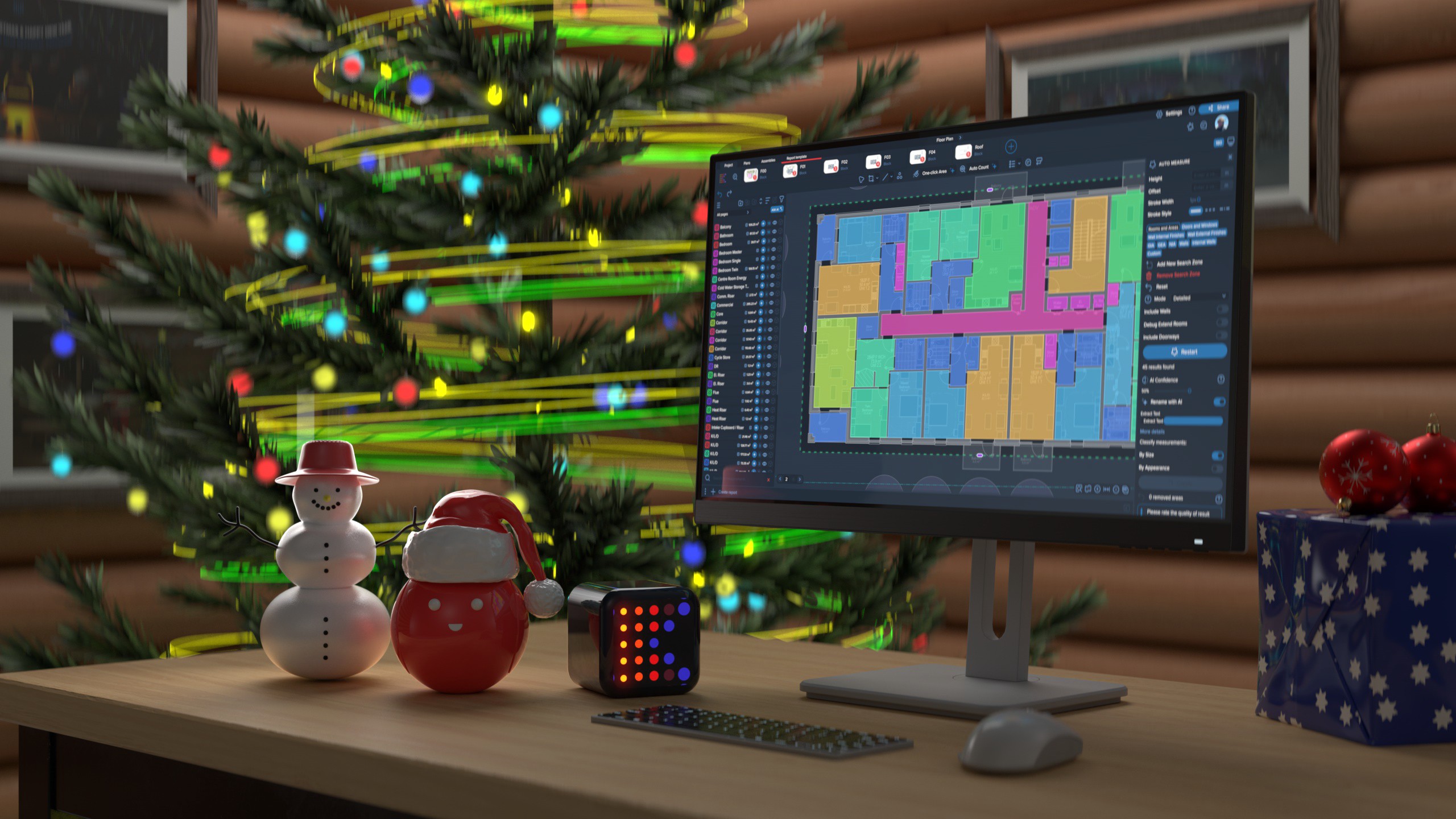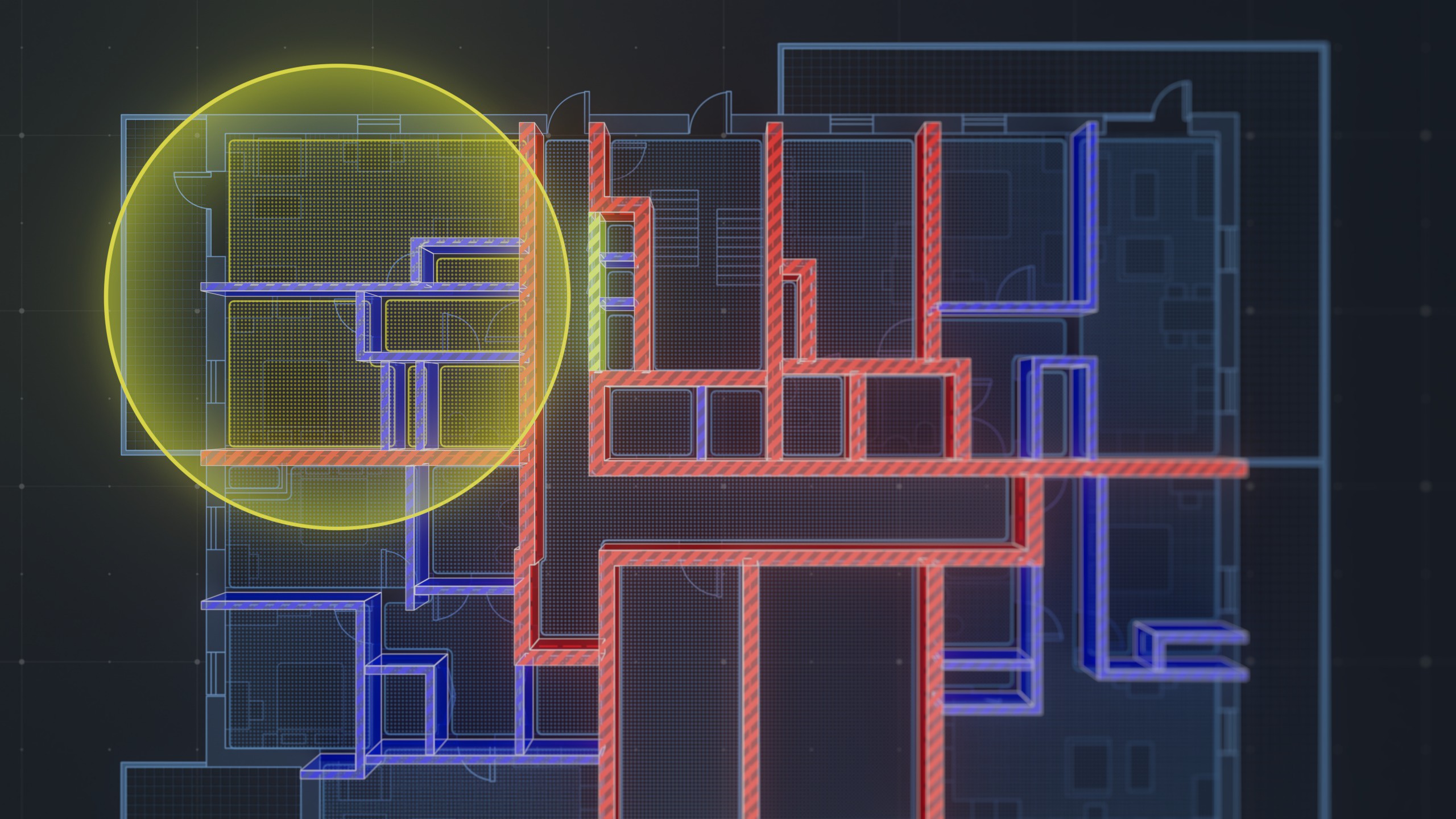A Bill of Materials (BOM) is a comprehensive list of all the materials, parts, components, and sub-assemblies needed to manufacture a finished product. It is a critical document that serves as the foundation for product design, manufacturing, and quality control processes. The BOM typically includes the part number, description, quantity, and unit of measure for each item. It may also include additional information, such as the manufacturer's name and part specifications. The BOM is essential for ensuring that all necessary materials and parts are available and accounted for during the production process, which can help minimize errors, reduce waste, and improve overall product quality.
Creating an accurate Bill of Materials (BOM) is critical for several reasons:
- Manufacturing efficiency: The BOM serves as a roadmap for production and assembly. An accurate BOM ensures that the correct parts and materials are available when needed, reducing delays and improving manufacturing efficiency.
- Quality control: The BOM is an essential tool for ensuring that the correct parts are used in production. An incorrect or incomplete BOM can result in faulty products, rework, and waste.
- Cost management: The BOM helps manufacturers track the cost of each component and calculate the total cost of the finished product. This information is essential for pricing and budgeting.
- Collaboration: An accurate BOM is critical for collaboration between different departments and teams involved in the product development process. It provides a common understanding of what is needed for the final product and helps ensure that everyone is working from the same information.
- Regulatory compliance: Many industries are subject to regulations that require manufacturers to provide detailed information about the components used in their products. An accurate BOM can help ensure compliance with these regulations.
In summary, an accurate BOM is essential for ensuring efficient and cost-effective production, maintaining quality control, facilitating collaboration, and complying with regulatory requirements.
Not including all necessary parts
Explanation of the mistake: One common mistake when creating a Bill of Materials (BOM) is not including all the necessary parts. This mistake can occur due to oversight or a lack of thoroughness in the BOM creation process.
Examples: For example, suppose a manufacturer is producing a complex electronic device that requires several different types of screws, but only a few of them are listed in the BOM. In that case, the manufacturer may be forced to halt production or delay shipping while they wait for the missing screws to arrive. Alternatively, the manufacturer may use incorrect screws, resulting in a product that fails during testing or use.
Consequences: The consequences of not including all necessary parts in the BOM can be significant, resulting in production delays, rework, wasted materials, increased costs, and decreased product quality.
How to avoid: To avoid this mistake, manufacturers should take a systematic approach to creating their BOMs, starting with a detailed product design review to identify all the necessary parts and materials. It is essential to ensure that the BOM is reviewed by multiple individuals, including engineers, purchasing managers, and production supervisors, to catch any oversights or errors. Additionally, manufacturers should update their BOMs regularly to reflect changes in product design or component availability. Finally, manufacturers should implement a comprehensive change management process to ensure that any changes to the BOM are properly documented and communicated to all stakeholders.
Not specifying the correct quantity of parts
Explanation of the mistake: Another common mistake when creating a Bill of Materials (BOM) is not specifying the correct quantity of parts. This mistake can occur when incorrect assumptions are made about the number of parts needed, or when there are errors in the conversion between units of measure.
Examples: For example, suppose a manufacturer needs to produce 100 units of a product and mistakenly orders 10 units of a critical component instead of 100. In that case, the production process may be delayed or halted, resulting in lost revenue and increased costs. Alternatively, suppose a manufacturer specifies the wrong unit of measure, resulting in the wrong quantity of a component being ordered, leading to production delays or wasted materials.
Consequences: The consequences of not specifying the correct quantity of parts can include production delays, increased costs, wasted materials, decreased product quality, and lost revenue.
How to avoid: To avoid this mistake, manufacturers should take a meticulous approach to specifying the correct quantity of parts in their BOMs. They should double-check all calculations and conversions between units of measure and seek input from multiple stakeholders to ensure that the quantities are accurate. Additionally, manufacturers should implement a robust quality control process to catch any errors before they impact production. Finally, manufacturers should continuously monitor and update their BOMs to reflect any changes in product design or production requirements.
Not updating the Bill of Materials
Explanation of the mistake: Another common mistake when creating a Bill of Materials (BOM) is not updating it regularly. This mistake can occur when manufacturers fail to account for changes in the product design, material availability, or production processes.
Examples: For example, suppose a manufacturer introduces a new version of a product, but the BOM used to produce it is not updated to reflect the changes. In that case, the production process may be delayed or halted due to missing or incorrect parts. Additionally, suppose a component that was previously readily available becomes unavailable, but the BOM is not updated to reflect this change. In that case, the manufacturer may continue to order the component, resulting in increased costs and production delays.
Consequences: The consequences of not updating the BOM regularly can include production delays, increased costs, decreased product quality, and lost revenue.
How to avoid: To avoid this mistake, manufacturers should establish a process for regularly reviewing and updating their BOMs. This process should involve all stakeholders, including engineers, purchasing managers, and production supervisors, to ensure that any changes are thoroughly reviewed and documented. Additionally, manufacturers should have a change management process in place to ensure that any changes to the BOM are properly documented and communicated to all stakeholders. Finally, manufacturers should continuously monitor and update their BOMs to reflect any changes in product design, material availability, or production processes.
Not being consistent with naming conventions
Explanation of the mistake: Another common mistake when creating a Bill of Materials (BOM) is not being consistent with naming conventions. This mistake can occur when manufacturers use different names for the same part or material, leading to confusion and errors in the production process.
Examples: For example, suppose a manufacturer refers to a part as "screw" in one part of the BOM and "bolt" in another part of the BOM. In that case, confusion may arise during production, and incorrect parts may be used, leading to production delays, wasted materials, and decreased product quality. Additionally, suppose a manufacturer uses different names for the same material in different parts of the BOM. In that case, it may be challenging to track inventory levels and order the correct amount of materials, leading to increased costs and production delays.
Consequences: The consequences of not being consistent with naming conventions can include production delays, increased costs, wasted materials, decreased product quality, and lost revenue.
How to avoid: To avoid this mistake, manufacturers should establish clear naming conventions for parts and materials and ensure that they are consistently used throughout the BOM. Manufacturers should also provide detailed descriptions for each part or material to reduce the risk of confusion. Additionally, manufacturers should implement a comprehensive inventory management system to track inventory levels accurately and order the correct amount of materials. Finally, manufacturers should regularly review their BOMs to ensure that naming conventions are consistent and up-to-date.
Not providing adequate documentation
Explanation of the mistake: Another common mistake when creating a Bill of Materials (BOM) is not providing adequate documentation. This mistake can occur when manufacturers do not provide enough information to support the production process, such as assembly instructions, material specifications, or safety information.
Examples: For example, suppose a manufacturer does not provide detailed assembly instructions for a complex product. In that case, workers may struggle to assemble the product correctly, leading to production delays, wasted materials, and decreased product quality. Additionally, suppose a manufacturer does not provide safety information for a hazardous material used in the production process. In that case, workers may be at risk of injury or illness, leading to lost productivity and increased costs.
Consequences: The consequences of not providing adequate documentation can include production delays, wasted materials, decreased product quality, increased safety risks, and lost revenue.
How to avoid: To avoid this mistake, manufacturers should provide clear and detailed documentation for all parts and materials in the BOM. This documentation should include assembly instructions, material specifications, safety information, and any other relevant information that supports the production process. Manufacturers should also ensure that all documentation is easily accessible to workers and that they are trained to use it effectively. Additionally, manufacturers should implement a robust quality control process to ensure that all products meet the necessary safety and quality standards. Finally, manufacturers should regularly review their BOMs and documentation to ensure that they are up-to-date and accurate.
Conclusion
Recap of the 5 common mistakes: In summary, the 5 common mistakes to avoid when creating a Bill of Materials (BOM) are:
- Not including all necessary parts
- Not specifying the correct quantity of parts
- Not updating the BOM
- Not being consistent with naming conventions
- Not providing adequate documentation
Importance of avoiding these mistakes: Creating an accurate BOM is crucial for ensuring the smooth and efficient production of a product. The BOM provides a detailed list of all the components required to manufacture a product and helps manufacturers track inventory, order materials, and assemble the product correctly. Failing to avoid these common mistakes can lead to production delays, increased costs, decreased product quality, and lost revenue.
Final thoughts and recommendations: To avoid these common mistakes, manufacturers should establish a process for creating and updating their BOMs regularly. They should ensure that all necessary parts are included and that the correct quantities are specified. Naming conventions should be consistent throughout the BOM, and adequate documentation should be provided to support the production process. Manufacturers should also implement a change management process to track any updates to the BOM and ensure that all stakeholders are informed. By following these recommendations, manufacturers can create an accurate BOM that supports the production process and ensures the efficient manufacture of high-quality products.




.png)